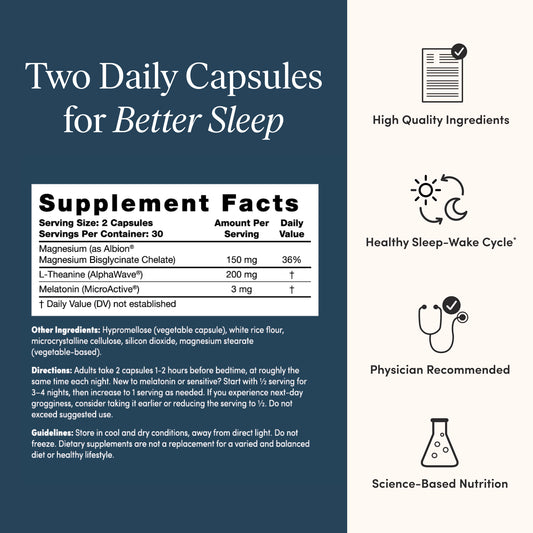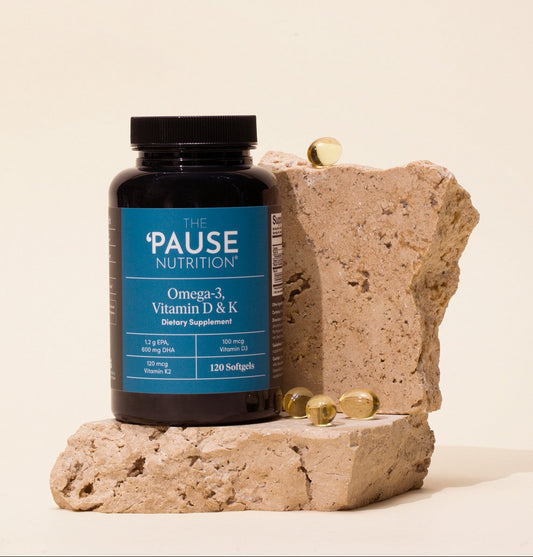Menopause and Migraines with Aura: Can I Take HRT?

Share
Migraines are a debilitating form of head pain that often affect one side of the head. There are two main types of migraines: migraine without aura and migraine with aura. While both types can cause head pain and symptoms such as nausea, light sensitivity, and confusion, only migraine with aura has neurological symptoms that usually occur before the onset of migraine. These symptoms include visual disturbances, such as blind spots, flashing lights, or “seeing stars,” as well as numbness, tingling, or muscle weakness.
The Gender Disparity
Three to four times more women than men will experience migraines, and this gender disparity is a result of differences in hormones, such as estrogen. Many women suffer from menstrual migraines, which occur in alignment with the menstrual cycle. Research has shown that the risk of migraine increases 100 percent on days 1-5 of the cycle, when estrogen is lowest.1 When hormone fluctuations begin to occur in perimenopause, both periods and migraines can become unpredictable.
A Complicated Relationship
The relationship between migraines and menopause is complex, with hormonal fluctuations playing a significant role in triggering or alleviating these headaches. Women with migraines, especially those affected by migraine with aura, have been cautioned against using estrogen-based hormone therapy. Recent research, however, has given us reason to question this caution.
The Matter of MHT and Migraine with Aura
Migraines can involve the narrowing or contraction of blood vessels, and this process can be effected by estrogens in the natural cycle or from medications. Migraines with aura are of special concern because they are associated with a slight increased risk of clotting in these blood vessels, also known as a thrombotic stroke. Furthermore, a number of studies indicate that migraine with aura may respond differently to acute and preventive therapies as compared to migraine without aura.2
Any form of systemic estrogen can slightly increase the risk of arteriolar clotting as found in strokes due to “sticky platelets.” This is especially true in patients taking high doses of estrogen as found in high-dose birth control pills and in those with preexisting risk factors such as atherosclerotic disease and a history of smoking making the form of estrogen used in MHT an important fact to consider.
Treatment is Possible
Migraine with aura is not an absolute contraindication for hormone therapy.3 There are nonoral forms of estrogen available, such as transdermal patches, gels, and creams, that deliver estrogen through the skin, bypassing the digestive system and liver, and potentially reducing the clotting risks traditionally associated with estrogen therapy.4 And we need to consider is the dose-dependent nature of the increased risk of stroke. Traditional MHT is much lower dosing than the estrogen levels found in contraception, which suggests that the stroke risk of MHT dosing would also be reduced.5
What this means is that if you have a history of migraine, including migraine with aura, you should not automatically be excluded from menopausal hormone therapy. The consideration of MHT should start with a certified menopause practitioner assessing your individual risk factors, which may include age, smoking status, and any medical conditions that may be present. If the assessment reveals that for you the potential benefits outweigh the risks, the next steps would be for your doctor to determine the best delivery system and safest dose. Once you begin using MHT, you should be closely monitored for potential side effects.
Ultimately, you and your clinician may find that a combination approach that includes supplementation and pain management strategies, with or without additional pharmacology, works best for overall symptom relief.





























































